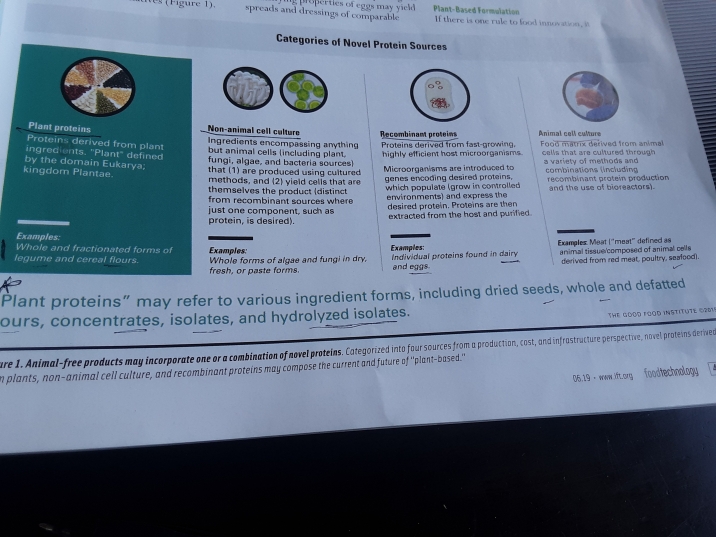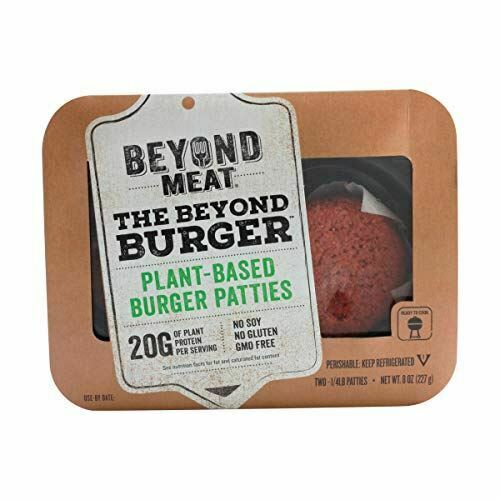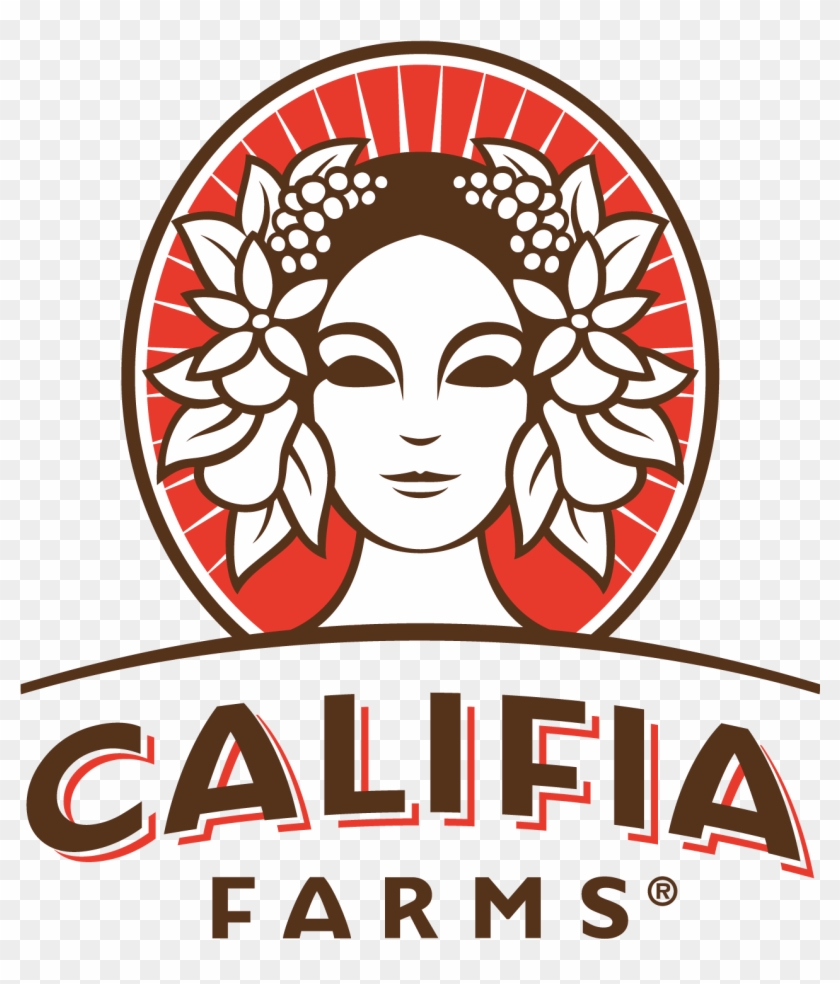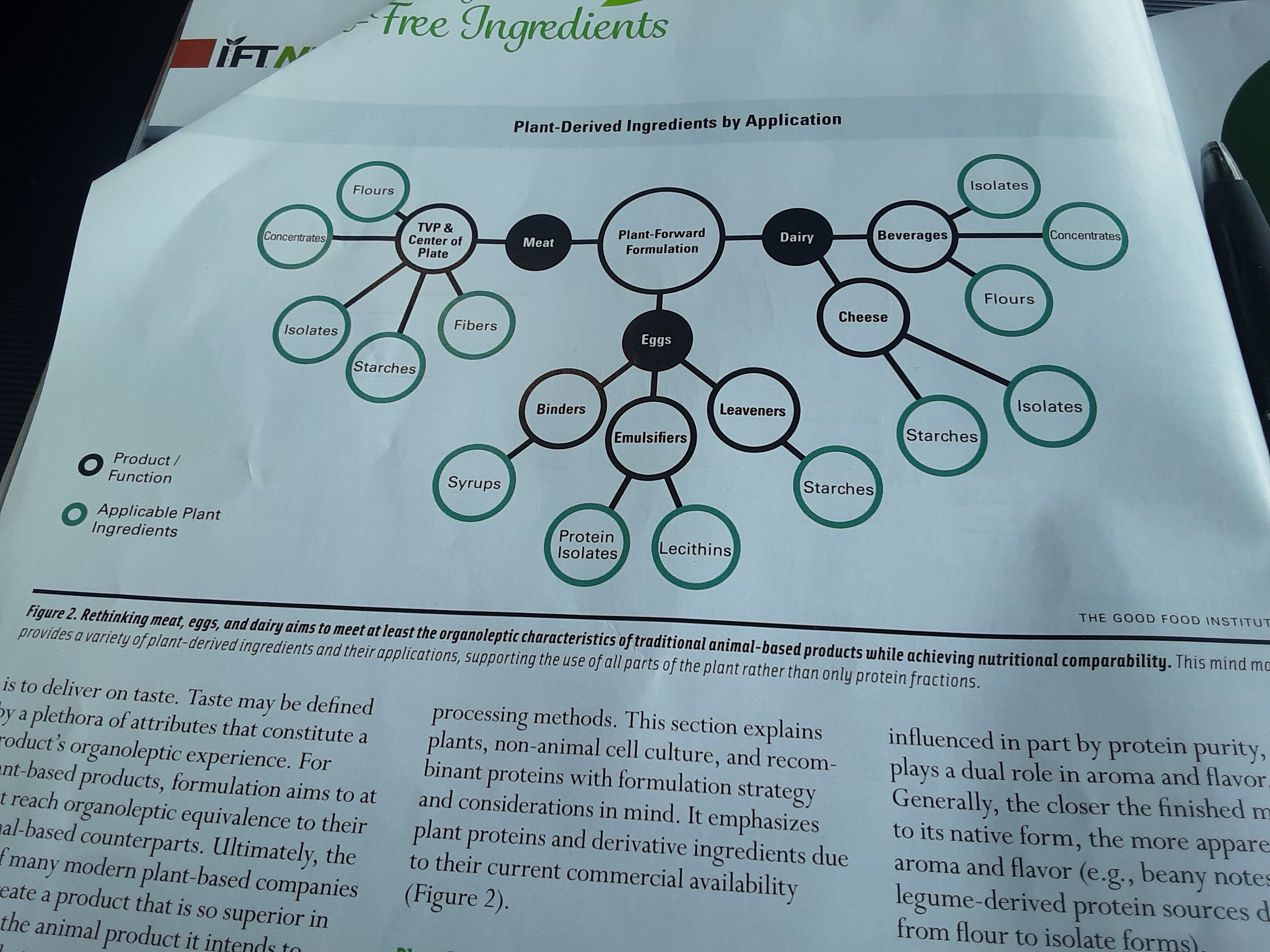Vegan and vegetarian diets are on the rise in the U.S. as more people are looking for alternative ways to eat healthier. This, in turn, leads to a change in food manufacturing formulations such as clean label ingredients, listing only a few ingredients, and using more plant protein. As Malochleb mentions in ift.org,”The plant-based protein market, estimated at $18.5 billion in 2019, is projected to grow at a compound annual growth rate (CAGR) of 14.0% from 2019 to 2025, to reach $40.6 billion by 2025, according to research by MarketsandMarkets. Public awareness regarding obesity caused by unhealthy food consumption has led to the demand for plant-based protein products.” from Medical News today provides a list of 15 plant-based foods that provide high protein content and nutrients. These include, tofu and its derivatives, chia seeds, mycoprotein, Ezekiel bread, nuts & lentils, Spirulina, Quinoa, chickpea, beans & rice, potatoes, protein rich vegetables like kale, mushrooms, and broccoli.
Malochleb also mentions that the pea segment is the fastest growing source. This is due to the high protein content, health benefits such as reduced cholesterol and lower blood pressure. Also, pea adds texture, taste, and mouthfeel to a variety of food applications.
Plant-based categories
Below are the four categories of plant proteins from ift.org:

As you can see from the chart above, the four categories are plant proteins, non-animal cell culture, recombinant proteins, and animal cell culture. Sorry, photo got cut. It says, “whole and defatted flours.”
Plant-based ingredients give a similar flavor, texture, and mouthfeel as animal-based products. Also, provides other experiences such as bite, moisture, aroma, appearance, and color like animal-based products. Malochleb also mentions; that the isolate segments are to be used mostly in sports nutrition, protein beverages, and nutrition supplements. On the other hand, concentrates are having the fastest growth in 2019. Often used to enhance the texture and volume of varied food products. This would give the desired results in the final product. As you can see each category provides a certain characteristic that relays a similarity to meat. For example, Beyond Meat provides the fibrous texture similar to the muscle of meat. Another example is the alternative dairy such as almond milk, which provides the similar creaminess, smoothness, and color as cow milk.


Applications

Each one provides the characteristics necessary for a food product such as making the food more thick, viscous, water holding capability, gelation -found in starches, and color. For example, soluble fiber creates a gel when exposed to water which helps in the texture of the final product. Also, provides a replacement for other ingredients that the manufacturer would like to remove.
Many other ingredients are used to derive from it different functions. For example, a soybean has a structure called heme. You can compare this plant heme to the one found in the red blood cells of animals. Its function is to provide the red color in plant-based products. This helps imitate the red color of meat. Another example, other companies use natural food coloring such as red dye derived from the cochineal insect. There are other ingredients that food scientist and other developers are working on. There are always new developments going on, but we’re living in a strange time. The uncertainty of the coronavirus pandemic around the world will shape our food supply. It will be interesting to see what changes will happen after this crisis is over.
Processing
Below is the process of how raw materials are turned into ingredients such as starch, sugar, fiber, isolates, and concentrates.

References
- (June 2019
- (November 2019
- Website: https://www.medicalnewstoday.com/articles/321474.php
- Beyond Meat. Website: https://www.beyondmeat.com/
- .Califia Farms. Website: https://www.califiafarms.com/pages/about-us
